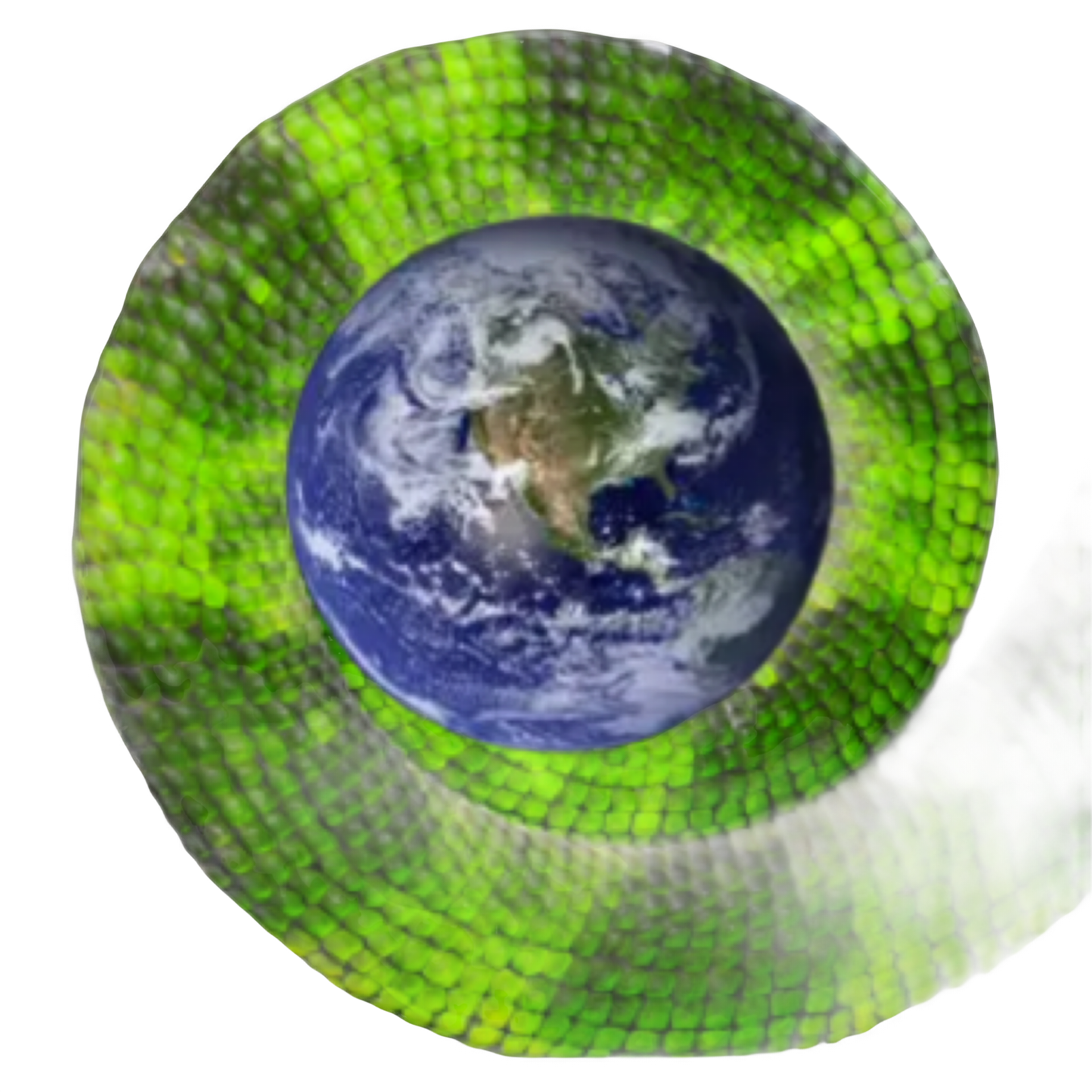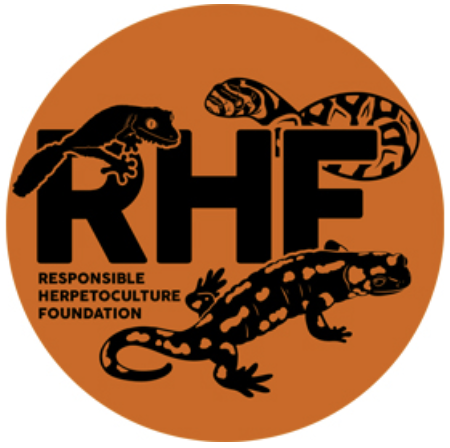
Herping The Planet Earth Core Philosophy

We will build a global herping system: elite field guides, species profiles, and a digital platform covering all reptiles, region by region. It will serve herpers worldwide with scientific precision, aesthetic excellence, and practical utility, in print and online, shaping herping into a movement, a reference, and a lifestyle.
…it's a global movement, a cultural shift, and a scientific infrastructure for the future of herpetology.
HERPING THE PLANET EARTH
A global initiative to document, inspire, and empower reptile fieldwork through elite publications and community engagement
Herping Ethos
Herping is not just about finding reptiles. It's about:
- Joy in discovery
- Inspiration from nature
- Contribution to science
- Protection of biodiversity
- Connection with a global community
HERPING THE PLANET EARTH will be the definitive companion for every herper—from the child with a flashlight to the professor in the field lab.
I. Core Philosophy
Herping is the practice of searching for reptiles and amphibians in the wild—whether for science, conservation, photography, or personal fascination. It is both a method and a mindset: part biological survey, part treasure hunt, part communion with nature.
A herper is anyone who engages in herping. This includes:
Professional herpetologists
Naturalists and ecotourists
Students and educators
Conservation officers
Citizen scientists
Nature lovers
Even children with curiosity and a flashlight
HERPING THE PLANET EARTH aims to serve all herpers, bridging the gap between specialization and generalization, rigor and accessibility, science and wonder.
II. Ultimate Goals
- Global Coverage
- Produce field guides for every biogeographic region
- Cover all known living reptile species (~12,500+)
- Include endemic, cryptic, and newly described taxa
- Cutting-Edge Publications
- Create a modular, layered system of guides and databases
- Integrate field data, species accounts, and regional monographs
- Maintain scientific accuracy and aesthetic excellence
- Cultural Impact
- Make herping fashionable, aspirational, and collectible
- Inspire a wave of field exploration and data sharing
- Establish herping as a recognized and respected practice
- Dual Format
- Printed field guides for backpack use
- Electronic platform for global access and data integration
III. 21st Century Herping Landscape
Strengths:
- Rich peer-reviewed literature
- Global databases (Reptile Database, IUCN Red List, iNaturalist)
- High-resolution photography and geotagging tools
Challenges:
- Fragmented online information
- Unverified AI-generated content
- Lack of unified, field-ready references
Need:
A trusted, curated, and field-optimized reference system
A platform that supports both discovery and documentation
A publication series that becomes the herper's compass
IV. Three-Tier Publication Logic
1. Field Observation Level
- Individual sightings: taxon, time, location, morphology
- Uploaded to platforms (e.g., iNaturalist, RHJ portal)
- Verified electronically and stored in the central database
2. Species Account Level
- Authored by experts or verified contributors
- Standardized structure: taxonomy, distribution, ID, ecology, conservation
- Includes photographic and morphological documentation
- Serves as the backbone for field guides and monographs
3. Field Guide Level
- Printed and digital books
- Regional or systematic focus
- ~100 species per volume (flexible: 80–120)
- Includes:
- Herping techniques
- Regional ecology
- Data collection protocols
- Species profiles
- Maps and seasonal charts
- Monographs reused and updated where overlap occurs


